Understanding Bush Hoggging Costs
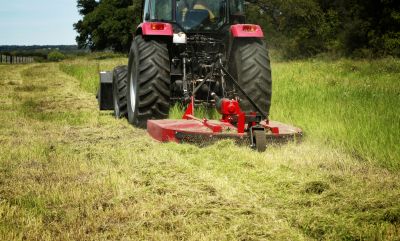
Larger properties typically incur higher costs due to increased labor and equipment usage.
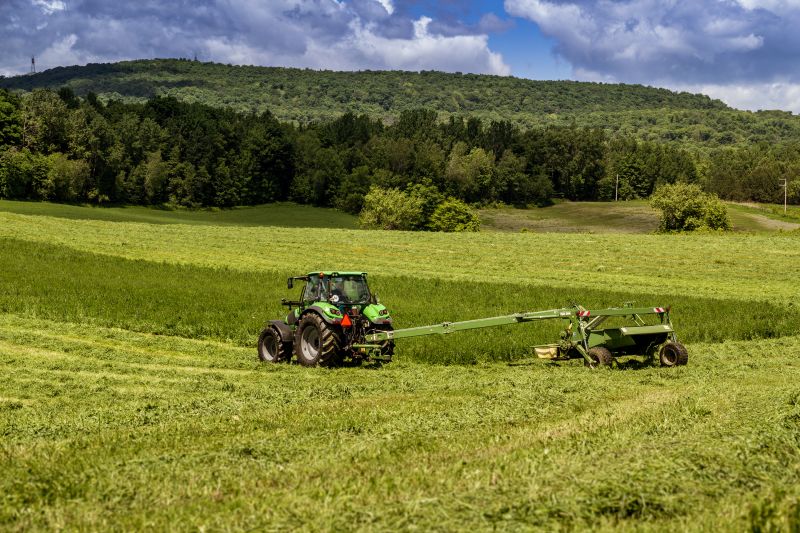
Rough or uneven terrain can require specialized equipment, affecting overall pricing.
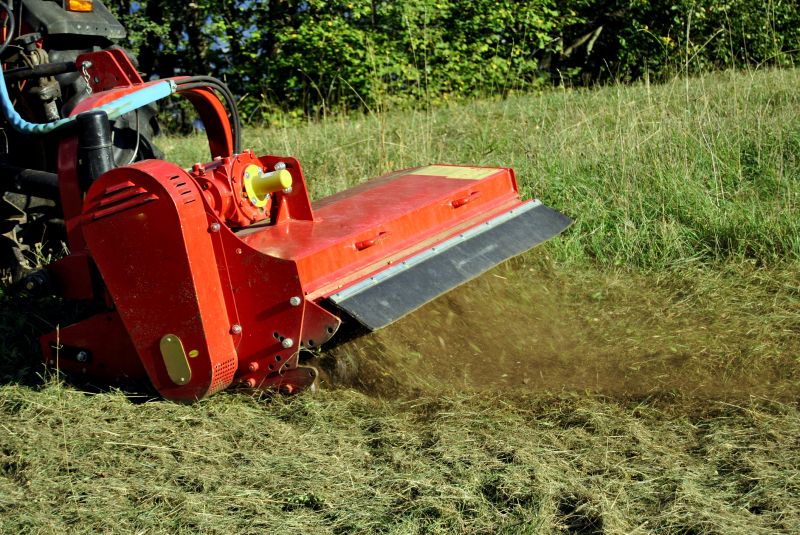
Advanced machinery may lead to higher costs but can reduce completion time.
| Factor | Impact on Cost |
|---|---|
| Land Size | Larger areas increase overall expense |
| Terrain | Complex terrain may require specialized equipment |
| Frequency of Service | More frequent maintenance can affect pricing |
| Equipment Used | High-powered machinery can elevate costs |
| Accessibility | Difficult access points may add to labor and equipment costs |
| Seasonal Demand | Peak seasons may have higher rates |
| Location | Remote areas may incur additional travel charges |
Pricing also depends on the equipment used and the frequency of service. Heavy-duty machinery can expedite the process but may come with higher operational costs. Conversely, infrequent or one-time services tend to be more expensive per session, especially for larger or more challenging terrains.
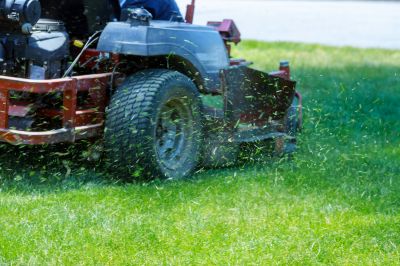
Different types of bush hogs and attachments influence operational costs and efficiency.
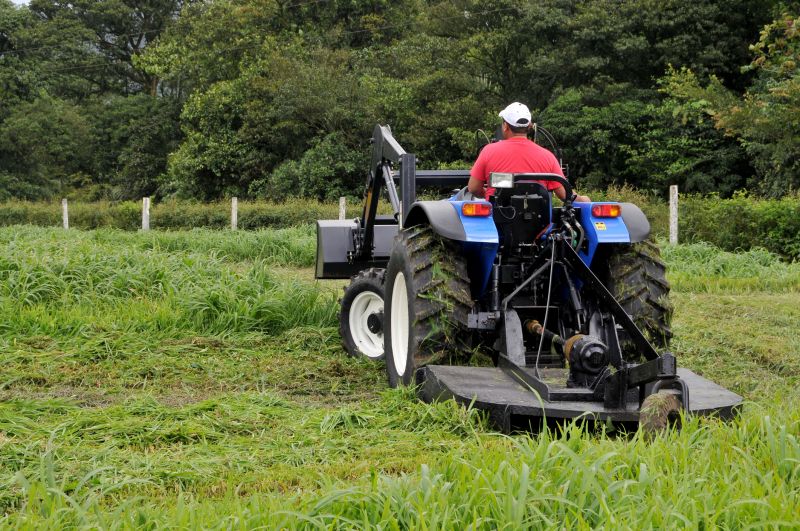
High-quality blades reduce wear and improve cutting performance, impacting maintenance costs.
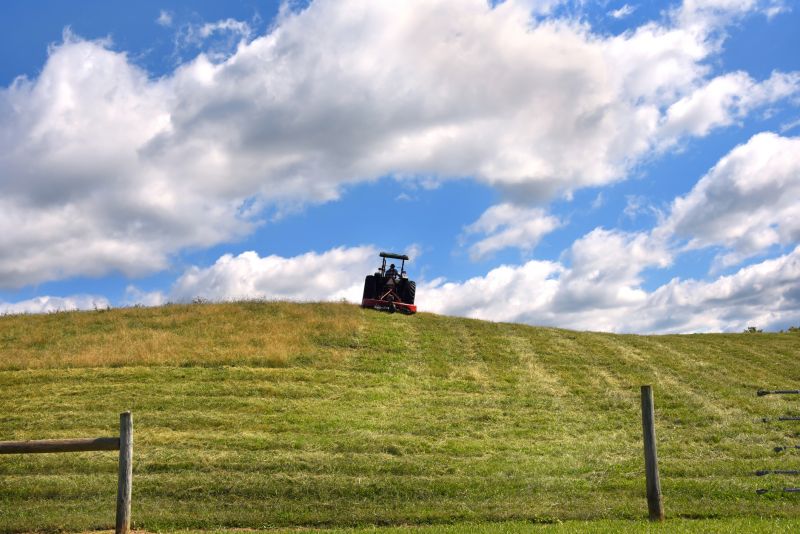
Experienced operators can perform tasks more efficiently, affecting overall pricing.
| Service Type | Average Cost Range |
|---|---|
| Basic Bush Hogging | $200 - $500 |
| Heavy-Duty Clearing | $500 - $1,200 |
| Overgrown Land Clearing | $600 - $1,500 |
| Fence Line Maintenance | $150 - $400 |
| Field Maintenance | $300 - $700 |
| Rough Terrain Bush Hogging | $400 - $1,000 |
| One-Time Land Clearing | $1,000 - $3,000 |
| Regular Maintenance Service | $150 - $400 per visit |
